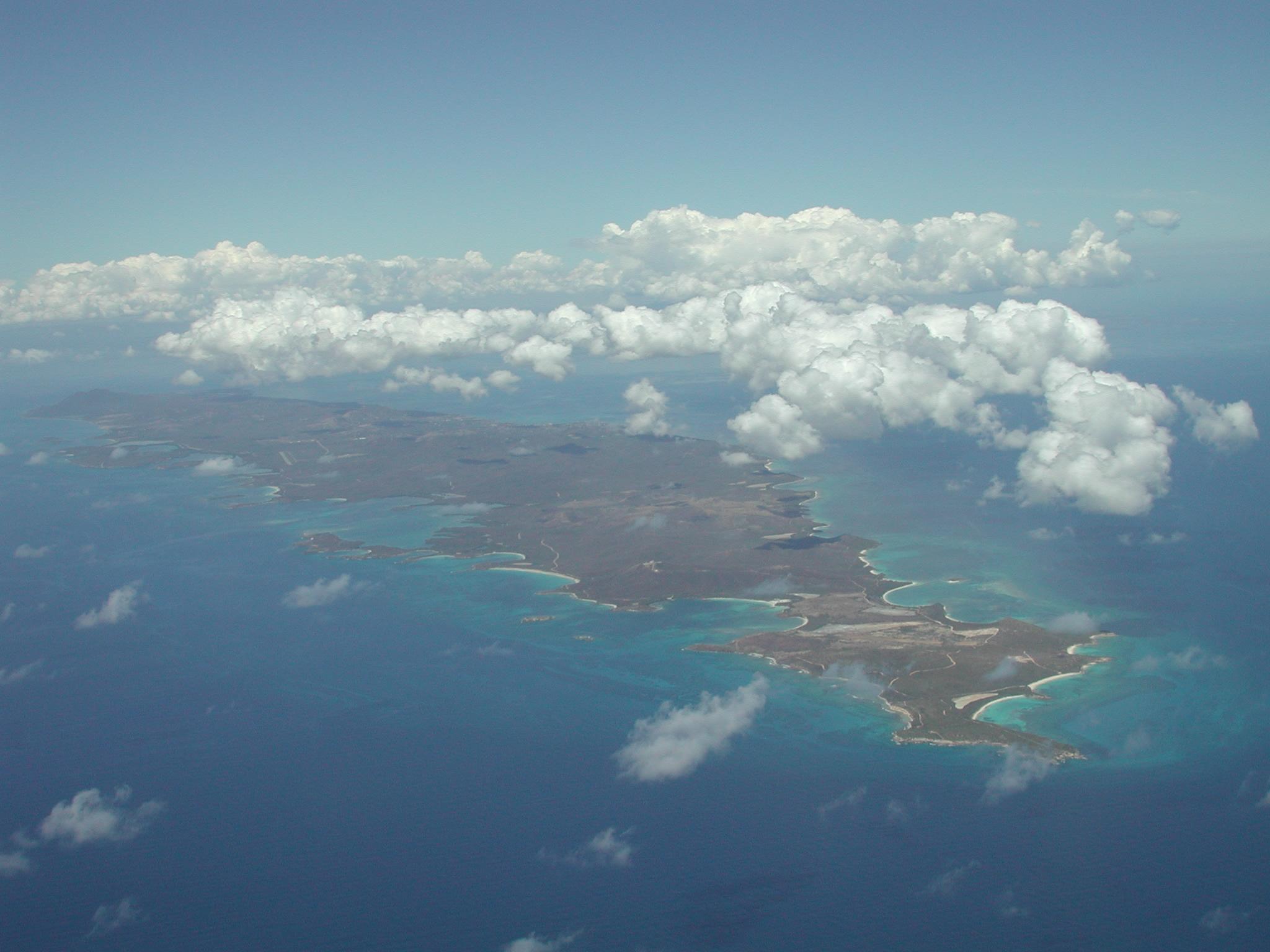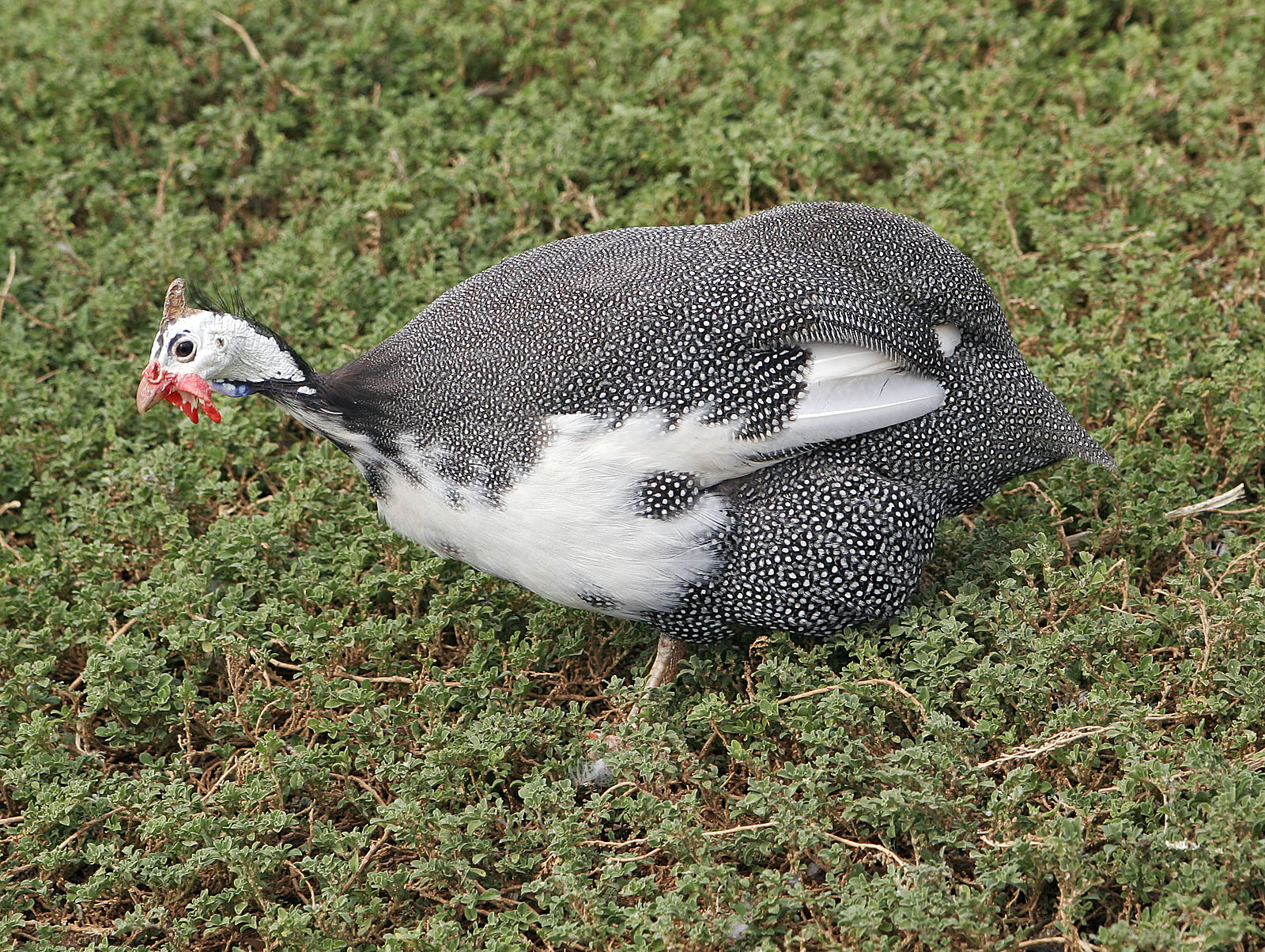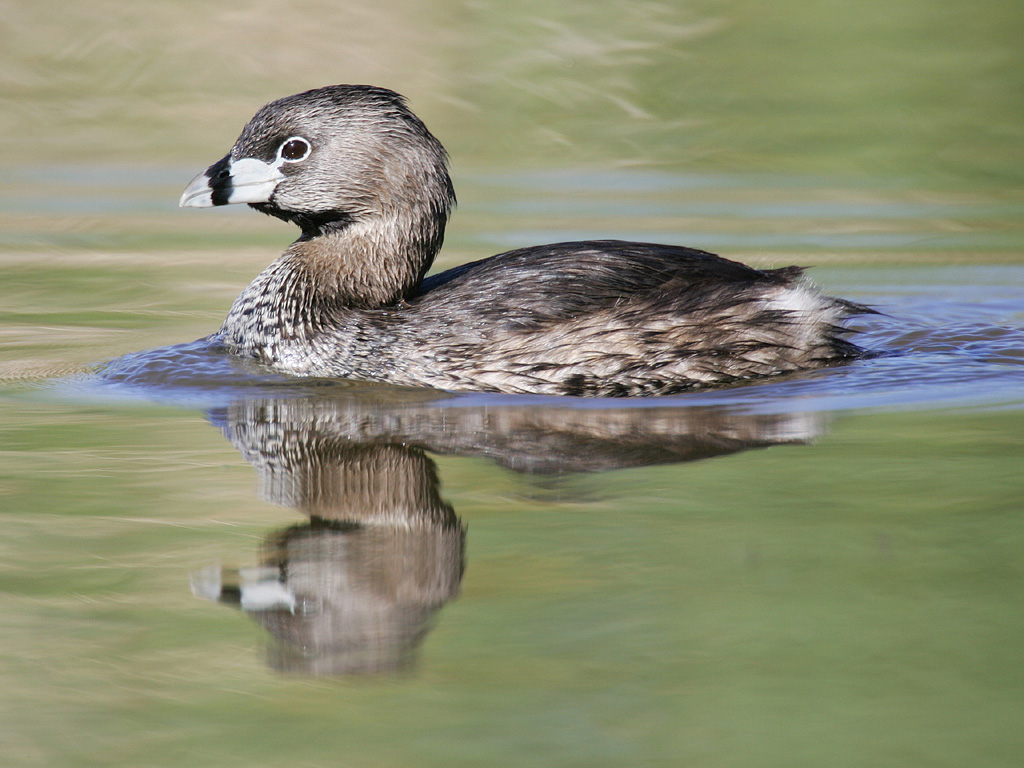|
Puerto Rican Woodpecker
The Puerto Rican woodpecker (''Melanerpes portoricensis'') is the only woodpecker endemic to the archipelago of Puerto Rico and is one of the five species of the genus ''Melanerpes'' that occur in the Antilles. Furthermore, it is the only resident species of the family Picidae in Puerto Rico. The species is common on the main island of Puerto Rico and rare on the island of Vieques. Description The Puerto Rican woodpecker has a black body and a bright red throat and breast. It has a white patch that runs across the head from eye to eye. Its flanks and lower body have a light tangerine coloration. As with the majority of birds sexual dimorphism is present in this species. The males' throat and breast are more brightly colored than the females' with females tending to be all-around duller in coloration. There is also a substantial (~18%) difference in bill length between sexes. Also males are slightly bigger than females. Its average weight is 56.0 grams. Its body length vari ... [...More Info...] [...Related Items...] OR: [Wikipedia] [Google] [Baidu] |
François Marie Daudin
François Marie Daudin (; 29 August 1776 in Paris – 30 November 1803 in Paris) was a French zoologist. With legs paralyzed by childhood disease, he studied physics and natural history, but ended up being devoted to the latter. Daudin wrote ' (Complete and Elementary Treatise of Ornithology) in 1799–1800. It was one of the first modern handbooks of ornithology, combining Linnean binomial nomenclature with the anatomical and physiological descriptions of Buffon. While an excellent beginning, it was never completed. In 1800, he also published ''Recueil de mémoires et de notes sur des espèces inédites ou peu connues de mollusques, de vers et de zoophytes'' (Collection of memories and notes on new or little-known species of molluscs, worms and zoophytes). Daudin found his greatest success in herpetology. He published ''Histoire naturelle des reinettes, des grenouilles et des crapauds'' (Natural history of tree frogs, frogs and toads) in 1802, and ''Histoire naturelle, gé ... [...More Info...] [...Related Items...] OR: [Wikipedia] [Google] [Baidu] |
Virgin Islands
The Virgin Islands ( es, Islas Vírgenes) are an archipelago in the Caribbean Sea. They are geologically and biogeographically the easternmost part of the Greater Antilles, the northern islands belonging to the Puerto Rico Trench and St. Croix being a displaced part of the same geologic structure. Politically, the British Virgin Islands have been governed as the western island group of the Leeward Islands, which are the northern part of the Lesser Antilles, and form the border between the Caribbean Sea and the Atlantic Ocean. The archipelago is separated from the true Lesser Antilles by the Anegada Passage and from the main island of Puerto Rico by the Virgin Passage. The islands fall into three different political jurisdictions: * Virgin Islands, informally referred to as British Virgin Islands, a British overseas territory, * Virgin Islands of the United States, an unincorporated territory of the United States, * Spanish Virgin Islands, the easternmost islands of the Comm ... [...More Info...] [...Related Items...] OR: [Wikipedia] [Google] [Baidu] |
El Toro Wilderness
El Toro Wilderness ( es, Selva El Toro) is a federally designated National Wilderness Preservation System unit located within El Yunque National Forest (formerly known as the Caribbean National Forest) on the Sierra de Luquillo in eastern Puerto Rico. El Toro, named after the highest peak in the forest at , is the only tropical wilderness in the United States National Forest System.El Toro Wilderness fact sheet - U.S. Forest Service It was created in 2005 by the Caribbean National Forest Act of 2005. In descending order of land area, the wilderness is located in parts of the of |
List Of Vieques Birds
This is a list of birds recorded in the island of Vieques. Vieques is an island municipality of Puerto Rico located off the east coast of the main island of Puerto Rico, south of Culebra island and west of the Virgin Islands. It has a total area of 348.15 km2, of which only 135 km2 is land area. On May 1, 2001, the western end of Vieques National Wildlife Refuge was established and on May 1, 2003, the same day as the exit of the U.S. Navy from the island, the eastern end of the refuge was established. There are a total of 196 species recorded from the island of Vieques as of July 2022, according to ''Bird Checklists of the World''. Some species, such as the Puerto Rican parrot, have been extirpated from the island but are, nonetheless, included in this list. This list presents the following information for each species: common and scientific name of each species. This list is presented in the taxonomic sequence of the ''Check-list of North and Middle American Bird ... [...More Info...] [...Related Items...] OR: [Wikipedia] [Google] [Baidu] |
List Of Puerto Rican Birds
This is a list of the bird species recorded in the archipelago of Puerto Rico, which consists of the main island of Puerto Rico, two island municipalities off the east coast (Vieques and Culebra), three uninhabited islands off the west coast ( Mona, Monito and Desecheo) and more than 125 smaller cays and islands. The avifauna of Puerto Rico included a total of 385 species as of July 2022, according to ''Bird Checklists of the World''. Of them, 201 are accidental, two have been extirpated, and one is believed to be extinct. Seventeen species are endemic. Non-native species are common; 43 listed here were introduced by humans. Individuals of many other species (mostly parrots, finches, and waxbills) are flying free, presumably after escaping or being released from captivity. For example, a 2018 study on introduced Psittacidae on the island found at least 46 species present, of which 24% are only found in the pet trade (captivity), 48% have been observed in the wild (but are n ... [...More Info...] [...Related Items...] OR: [Wikipedia] [Google] [Baidu] |
List Of Endemic Fauna Of Puerto Rico
This is a list of the endemic fauna of Puerto Rico. This list is sorted in alphabetical order by the scientific name of the species, which are in parentheses. Birds *Yellow-shouldered blackbird (''Agelaius xanthomus'') *Puerto Rican parrot (''Amazona vittata'') *Green mango (''Anthracothorax viridis'') *Puerto Rican nightjar (''Caprimulgus noctitherus'') *Puerto Rican emerald (''Chlorostilbon maugeaus'') * Puerto Rican lizard‑cuckoo (''Coccyzus vieilloti'') *Puerto Rican pewee (''Contopus portoricenis'') *Adelaide's warbler (''Dendroica adelaidae'') * Elfin-woods warbler (''Dendroica angelae'') *Puerto Rican oriole (''Icterus portoricensis'') *Puerto Rican bullfinch (''Loxigilla portoricensis'') *Puerto Rican owl (''Gymnasio nudipes'') *Puerto Rican woodpecker (''Melanerpes portoricensis'') *Puerto Rican flycatcher (''Myiarchus antillarum'') *Puerto Rican tanager (''Nesospingus speculiferus'') *Puerto Rican spindalis (''Spindalis portoricensis'') *Puerto Rican tody (''Todus m ... [...More Info...] [...Related Items...] OR: [Wikipedia] [Google] [Baidu] |
List Of Birds Of Puerto Rico
This is a list of the bird species recorded in the archipelago of Puerto Rico, which consists of the main island of Puerto Rico, two island municipalities off the east coast (Vieques and Culebra), three uninhabited islands off the west coast ( Mona, Monito and Desecheo) and more than 125 smaller cays and islands. The avifauna of Puerto Rico included a total of 385 species as of July 2022, according to ''Bird Checklists of the World''. Of them, 201 are accidental, two have been extirpated, and one is believed to be extinct. Seventeen species are endemic. Non-native species are common; 43 listed here were introduced by humans. Individuals of many other species (mostly parrots, finches, and waxbills) are flying free, presumably after escaping or being released from captivity. For example, a 2018 study on introduced Psittacidae on the island found at least 46 species present, of which 24% are only found in the pet trade (captivity), 48% have been observed in the wild (but are no ... [...More Info...] [...Related Items...] OR: [Wikipedia] [Google] [Baidu] |
Fauna Of Puerto Rico
The fauna of Puerto Rico is similar to other island archipelago faunas, with high endemism, and low, skewed taxonomic diversity. Bats are the only extant native terrestrial mammals in Puerto Rico. All other terrestrial mammals in the area were introduced by humans, and include species such as cats, goats, sheep, the small Indian mongoose, and escaped monkeys. Marine mammals include dolphins, manatees, and whales. Of the 349 bird species, about 120 breed in the archipelago, and 47.5% are accidental or rare. The most recognizable and famous animal of Puerto Rico is probably the common coquí, a small endemic frog, and one of the 86 species that constitute Puerto Rico's herpetofauna. Some native freshwater fish inhabit Puerto Rico, but some species, introduced by humans, have established populations in reservoirs and rivers. The low richness-high diversity pattern is also apparent among invertebrates, which constitutes most of the archipelago's fauna. The arrival of the first peo ... [...More Info...] [...Related Items...] OR: [Wikipedia] [Google] [Baidu] |
Yellow-shouldered Blackbird
The yellow-shouldered blackbird (''Agelaius xanthomus''), known in Puerto Rican Spanish as ''mariquita de Puerto Rico'' or ''capitán'', is a species of blackbird endemic to Puerto Rico. It has black plumage with a prominent yellow patch on the wing. Adult males and females are of similar appearance. The species is predominantly insectivorous. Taxonomy The nominate form of the yellow-shouldered blackbird (''A. x. xanthomus'') was first described from Puerto Rico and Vieques in 1862 by Philip Sclater as ''Icterus xanthomus''. The recognized subspecies ''A. x. monensis'', or Mona yellow-shouldered blackbird, was described by Barnes in 1945 from the islands of Mona and Monito. The species is closely related to, and possibly derived from, the red-winged blackbird (''Agelaius phoeniceus''). The tawny-shouldered blackbird (''Agelaius humeralis''), a species from Cuba and Hispaniola, is morphologically intermediate between ''A. xanthomus'' and ''A. phoeniceus''. Until recently, some ... [...More Info...] [...Related Items...] OR: [Wikipedia] [Google] [Baidu] |
Puerto Rican Flycatcher
{{Tyrannidae-stub ...
The Puerto Rican flycatcher (''Myiarchus antillarum'') is a tyrant flycatcher endemic to the Puerto Rican archipelago and one of the 22 species belonging to the genus ''Myiarchus'' of the family Tyrannidae. See also * Fauna of Puerto Rico * List of birds of Puerto Rico * List of endemic fauna of Puerto Rico * List of Puerto Rican birds * List of Vieques birds * El Toro Wilderness References Puerto Rican flycatcher Endemic birds of Puerto Rico Puerto Rican flycatcher Puerto Rican flycatcher The Puerto Rican flycatcher (''Myiarchus antillarum'') is a tyrant flycatcher endemic to the Puerto Rican archipelago and one of the 22 species belonging to the genus ''Myiarchus'' of the family Tyrannidae. See also * Fauna of Puerto Rico * ... [...More Info...] [...Related Items...] OR: [Wikipedia] [Google] [Baidu] |
Coquí
Coquí is the common name for several species of small frogs in the genus ''Eleutherodactylus'' native to Puerto Rico. They are onomatopoeically named for the very loud mating call which the males of two species, the common coqui and the upland coqui, make at night. The coquí is one of the most common frogs in Puerto Rico, with more than 16 different species found within its territory, including 13 in El Yunque National Forest. Other species of this genus can be found in the rest of the Caribbean and elsewhere in the Neotropics, in Central and South America. The coquí is an unofficial national symbol of Puerto Rico; there is a Puerto Rican expression that goes, “Soy de aquí, como el coquí”, which translates to “I’m from here, like the coquí." Characteristics ''Eleutherodactylus'' is a small tree frog that can vary in color. These frogs can be a mixture of brown, yellow, green, and gray on the top and the bottom side of their body is either white or yellow. The ey ... [...More Info...] [...Related Items...] OR: [Wikipedia] [Google] [Baidu] |
Gecko
Geckos are small, mostly carnivorous lizards that have a wide distribution, found on every continent except Antarctica. Belonging to the infraorder Gekkota, geckos are found in warm climates throughout the world. They range from . Geckos are unique among lizards for their vocalisations, which differ from species to species. Most geckos in the family Gekkonidae use chirping or clicking sounds in their social interactions. Tokay geckos (''Gekko gecko'') are known for their loud mating calls, and some other species are capable of making hissing noises when alarmed or threatened. They are the most species-rich group of lizards, with about 1,500 different species worldwide. All geckos, except species in the family Eublepharidae lack eyelids; instead, the outer surface of the eyeball has a transparent membrane, the cornea. They have a fixed lens within each iris that enlarges in darkness to let in more light. Since they cannot blink, species without eyelids generally lick t ... [...More Info...] [...Related Items...] OR: [Wikipedia] [Google] [Baidu] |





